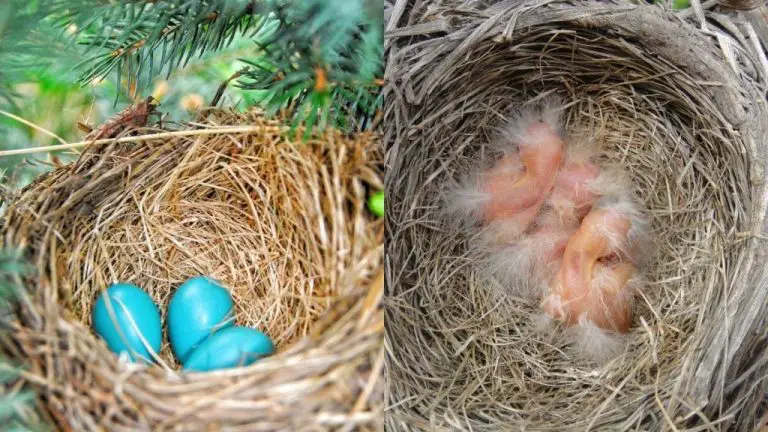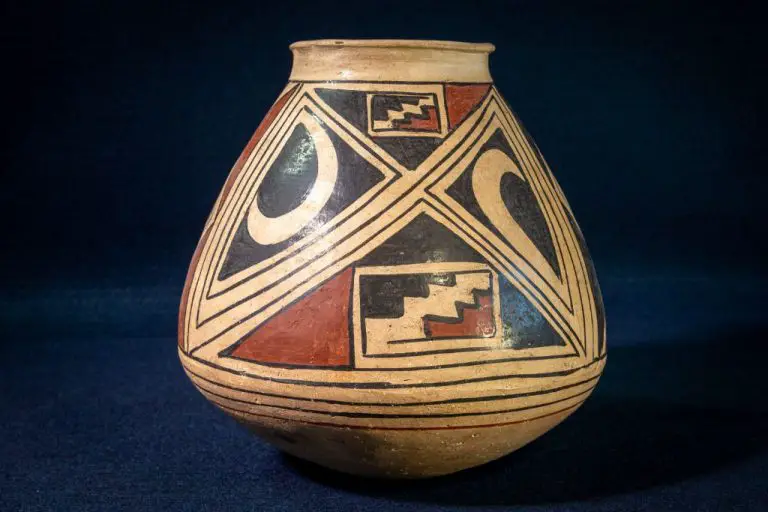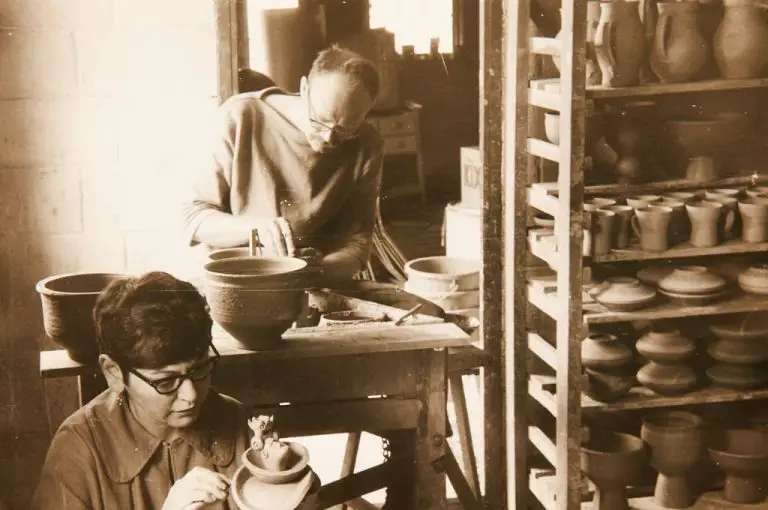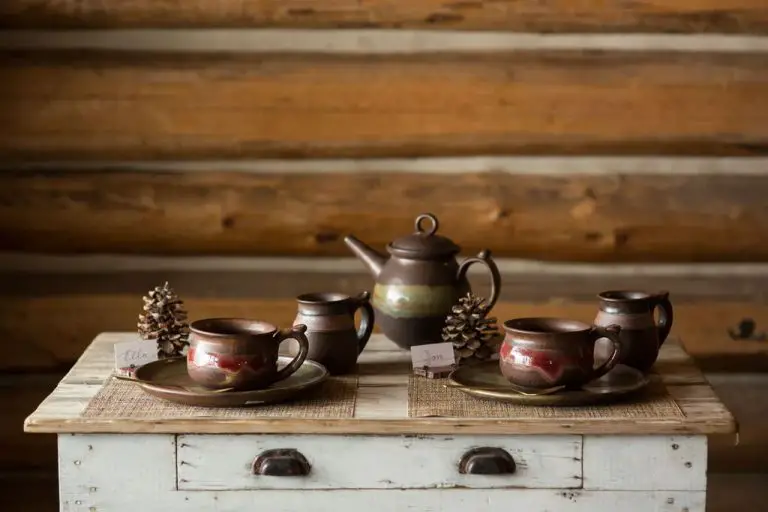What Can I Do With Broken Clay Pots?
Clay pots and planters are a staple for both indoor and outdoor plant lovers. However, their delicate nature means it’s not uncommon for them to become chipped, cracked, or completely shattered. This usually happens accidentally – getting knocked over or dropped can easily damage these breakable vessels. Small chips along the rim or hairline fractures up the sides are common. In severe cases, a pot gets smashed into many pieces when it hits the floor.
When this happens, it can feel frustrating and wasteful to simply throw away the broken remnants of a once-beautiful planter. Thankfully, there are many creative ways to repurpose cracked or shattered clay pots, giving them new life. With a little time and imagination, you can upcycle broken pottery into charming garden decor, handy DIY tools, and more.
Assess the Damage
When a beloved clay pot gets broken, the first step is to thoroughly assess the damage. Look at the type and extent of cracks, chips or shards. Are there just a few small chips on the rim or is the pot fully shattered into numerous pieces?
For minor damage like small chips or surface cracks, the pot may be repairable with special adhesives or sealants designed for pottery repair. However, if the pot is split completely in half or has multiple large cracks, it is likely beyond saving as a usable pot.
Take time to carefully inspect each broken shard. If the pieces are relatively large and clean breaks, you may be able to glue them back together. But if the pot is essentially destroyed into tiny fragments, it is not worth trying to repair it.
Assess whether the damage is purely cosmetic or also structural. A few surface cracks or chips may not affect the pot’s ability to hold soil and plants. But deeper cracks or complete breaks likely compromise the structural integrity, making the pot unsafe for planting.
By thoroughly evaluating the type and extent of damage, you can determine whether attempted repair is worthwhile or it’s better to simply repurpose or discard the remains of the beloved broken pot.
Repair Options for Minor Damage
If your clay pots have minor cracks, chips, or dents, you may be able to repair them rather than throw them away. One beautiful option is Kintsugi – a traditional Japanese method of repairing broken pottery. Kintsugi uses lacquer resin mixed with powdered gold, silver, or platinum to mend cracks and damage. The philosophy behind Kintsugi embraces the flaws and imperfections in an object, making something new from pieces of the old. The metallic veins shining through the seams transform a broken item into a unique work of art with its own story to tell.
To repair minor damage using Kintsugi:
1. Clean the broken edges by wiping away loose fragments.
2. Apply a thin layer of lacquer to the broken edges to seal them. Let dry.
3. Mix more lacquer with powdered gold, silver, or platinum, approximating the color of the clay. Apply this mixture generously to fill cracks and gaps.
4. Let dry fully, then gently sand away any excess. Apply another thin coat of clear lacquer as a sealant.
With patience and care, Kintsugi can restore cherished pots to beauty while preserving their history. The visible veins of gold highlight a pot’s story rather than masking it. Practicing Kintsugi gives newfound appreciation for imperfections and the process of healing.
Repurpose the Pieces
One of the best ways to make use of a broken clay pot is to repurpose the pieces for other uses around your home and garden. Here are some creative ideas for giving the broken shards new life:
Mosaic Art
You can use the broken shards of the clay pot to create beautiful mosaic art pieces. Arrange and glue the pieces onto a board or frame in fun patterns and designs. Add accent tiles, beads, or pebbles to complete your mosaic. Hang your finished mosaic on the wall, prop it on an easel, or give it as a handmade gift.
Wind Chimes
Turn those broken pottery pieces into a set of whimsical wind chimes. Use wire, string, and other found objects to fashion a wind chime. Attach the broken shards along with sea glass, shells, beads, or anything else you want. Hang your DIY wind chimes to add a charming sound to your garden or patio.
Plant Starters
The broken bottom half of a clay pot can act as a starter container for seeds or seedlings. Fill the piece with potting mix and sow a few seeds in each one. Once the seedlings are ready, you can transplant them directly into the garden or into a larger pot. It’s a great way to repurpose the broken pottery into useful plant starters.
Outdoor Uses
Broken terra cotta pots can serve a variety of helpful purposes in the garden and yard. Their porous nature makes them ideal for improving drainage and aeration in garden beds. Simply place pot shard pieces, chips, or “crocks” as they are sometimes called, at the bottom of planting holes when transplanting new plants. The terra cotta will help drain excess moisture away from the plant’s roots while still retaining some helpful moisture in the soil. This is especially useful for Mediterranean plants like lavender and rosemary that prefer “lean and mean” well-draining soil.
Larger broken shards can also be used to weigh down tarps or covers over plants, acting as natural garden weights. This protects your plants from wind damage without having to purchase plastic or metal garden weights. Arrange the pieces in a mosaic pattern on top of the cover or tarp for a decorative look.
In addition, broken rim pieces can be lined up to create attractive borders along garden beds, tree rings, or landscaped areas. Use the natural terracotta color for a neutral earthy look or get creative and paint them bright colors first. Just make sure to seal any painted pieces with an exterior sealant before placing them outside.
Crafts and Home Décor
Broken clay pots can be incorporated into various crafts and home décor projects with a bit of creativity.
One idea is to paint and decorate the shards to make them into wall art. You can paint designs, words, or patterns onto the individual pieces. Then arrange them artfully on a blank wall or canvas to create an abstract mosaic.
The pieces can also be used to make DIY pencil holders and other desktop organizers. Simply attach a few broken shards or lay them in the bottom of a container to hold pens, pencils, makeup brushes, and more. You can glue them onto plain mugs or vases too.
Additionally, mix broken pottery into concrete projects to give them visual interest. Line the bottom of planters or candleholders with shards before pouring concrete. You can also press pieces into the surface of garden stepping stones or other concrete crafts before the concrete dries.
Give Them New Life as Planters
Broken clay pots can easily be repurposed into charming new planters with a bit of creativity. Here are some tips for giving your damaged pots a new life as miniature gardens:
Drill drainage holes – Make sure to drill adequate drainage holes in the bottom of your repurposed planter. A good rule of thumb is to include 2-3 holes to allow water to drain properly. Use a power drill with a masonry bit designed for ceramics and take it slow to avoid cracking the pot further.
Use shards for succulent arrangements – The irregular shapes and sizes of broken pot shards make perfect impromptu planters for succulents. Simply tuck a variety of small succulents into the openings and crevices of the shards. Group together for a unique display.
Make miniature planters – For larger broken pieces, turn them into one-of-a-kind miniature planters. Use adhesive to attach a decorative base or feet if needed for stability. Get creative with what you plant – try mini cacti, herbs, trailing vines, or moss gardens.
With some simple drilling, gluing, and planting, those broken pots can have a brand new life as charming plant holders. Give them a makeover and save pieces from the landfill while bringing new greenery into your home.
For the Garden
Broken pots can serve useful purposes right in your garden. Place shards and pieces of clay pots over the soil as a type of mulch. Doing this helps retain moisture in the soil so you don’t have to water as frequently. The terra cotta material will soak up water when it rains or when you water, then slowly release it into the surrounding soil. This creates an even moisture level for the plant roots.
You can also use broken pot shards and small pieces to propagate new plants from cuttings. Place the cut end of the plant stem or cutting into the drainage hole of an upturned broken shard planted in the soil. The terra cotta helps wick moisture up to the cutting so it can develop roots. Once rooted, the cutting can be transplanted into a new pot or area of the garden.
Safety Tips
When handling broken ceramic shards, it’s important to take safety precautions to avoid injury. Here are some tips:
-
Wear thick gloves – Broken shards can have very sharp edges that can easily cut skin. Wearing gloves will protect your hands and fingers.
-
Supervise children – Keep a close eye on kids around broken ceramic pieces. Their natural curiosity can lead them to touch sharp edges. Prevent injuries by keeping broken ceramics out of reach.
-
Sweep thoroughly – Make sure to sweep up even the smallest pieces so bare feet don’t step on them later. Check the area thoroughly before allowing others to walk there.
-
Work over newspaper – Spread out newspaper before working with broken ceramic shards. This will contain the pieces and make clean-up easier.
-
Handle gently – Broken edges and points are fragile. Handle shards carefully to avoid further breakage that could lead to cuts.
Using common sense with safety gear can spare fingers from cuts and pain when managing broken ceramics.
When to Toss Them Out
There comes a time when broken clay pots are too far gone and need to be discarded. If a pot is damaged beyond any reasonable repair, or contaminated with chemicals, oils or other dangerous substances, it’s best to toss it in the trash.
Pots that are cracked into many tiny shards or pieces are often not worth trying to salvage. Likewise, if a pot took a hard fall and is now comprised of chunks rather than solid sections, the structural integrity is likely compromised beyond repair. Attempting fixes will be frustrating and futile.
Chemical contamination is another reason to discard broken clay pots. If they housed plants treated with insecticides, fungicides, chemical fertilizers or other harsh solvents, those substances likely soaked into the clay. Any craft or food use could transfer dangerous chemicals. Don’t take chances – throw away chemically-contaminated pots.
Though it’s disappointing to part with a beloved pot, safety and practicality should rule the day. If a broken clay pot is too fractured or chemically-saturated to salvage, its time has come to an end. Be thankful for the joy it brought, then responsibly toss it in the trash.






